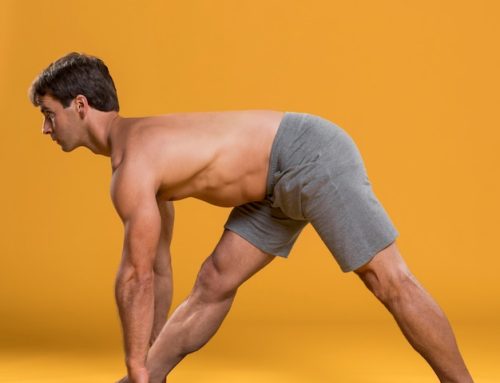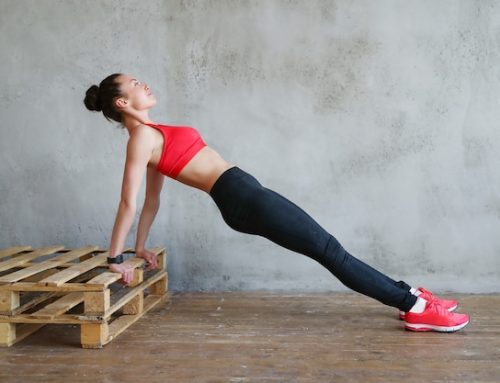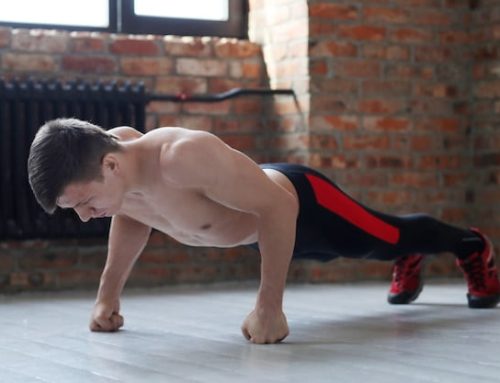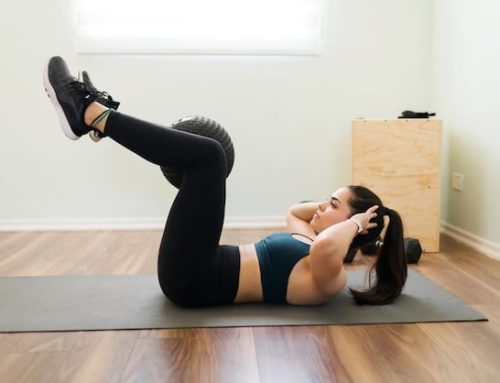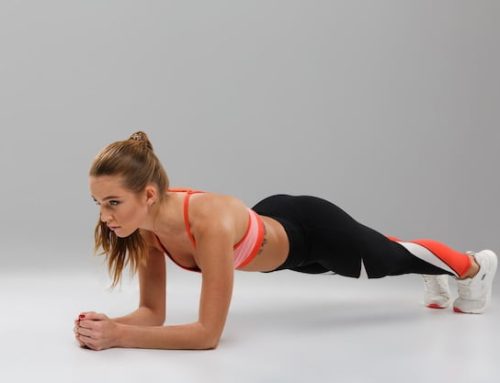Introduction
Bodyweight exercises can be a great way to get in shape, build strength, and improve your overall fitness level. While many people think that you need to hit the gym, invest in expensive equipment or hire a personal trainer to get in shape, the truth is that you can get great results with bodyweight exercises alone.
The Benefits of Bodyweight Exercises
One of the best things about bodyweight exercises is that they don’t require any equipment, and you can do them anywhere. Whether you’re at home, outdoors, or in a hotel room, you can always find a way to work out using just your own bodyweight. Here are some of the other benefits of bodyweight exercises:
| Benefits | Description |
|---|---|
| Cost-effective | Bodyweight exercises require no equipment, so they’re very affordable. |
| Convenience | You can do bodyweight exercises anywhere – at home, at work, outdoors, or while traveling. |
| Versatility | There are countless bodyweight exercises to choose from, and you can combine them to create endless workout routines. |
| Increased strength | Bodyweight exercises can help you build strength and muscle without the need for weights or machines. |
| Improved flexibility | Many bodyweight exercises are designed to improve your flexibility and range of motion. |
| Burn Calories | Bodyweight exercises are an effective way to burn calories and lose weight. |
How long does it take to get in shape?
The answer to this question depends on several factors, including your current fitness level, the frequency of your workouts, the intensity of your workouts, and your diet. However, as a general rule, it takes about 4-8 weeks of regular exercise to start seeing noticeable changes in your body.
Setting Realistic Goals
When starting a bodyweight exercise program, it’s important to set realistic goals for yourself. For example, if you’re starting from a sedentary lifestyle, it’s not realistic to expect six-pack abs or to run a marathon in six weeks. Instead, aim for smaller goals like being able to do 10 pushups in a row or jogging for 20 minutes without stopping.
Creating a Workout Plan
To get the most out of your bodyweight workouts, it’s important to have a structured plan in place. This should include a variety of exercises that target different muscle groups, as well as different types of exercises (strength, cardio, flexibility). Here’s an example bodyweight workout plan:
| Day | Exercises |
|---|---|
| Monday | Pushups, Squats, Lunges, Plank |
| Tuesday | Rest day or light cardio (walking, cycling, swimming) |
| Wednesday | Pullups, Dips, Bridges, Side Plank |
| Thursday | Rest day or light cardio |
| Friday | Inverted Rows, Step-Ups, Calf Raise, Bicycle Crunches |
| Saturday | Rest day or light cardio |
| Sunday | Full-Body Circuit (Pushups, Squats, Pullups, Dips, Lunges, Bridges, Plank, Side Plank) |
Progressing Over Time
To continue seeing results and improving your fitness level, it’s important to progress your workouts over time. This can include increasing the number of reps or sets, decreasing rest time between exercises, or incorporating more challenging variations of exercises (such as adding weight or doing the exercise on an unstable surface).
The Importance of Recovery
While exercise is important, it’s equally important to give your body time to recover. This means getting enough sleep, eating a balanced diet, and taking rest days between workouts. Not giving your body time to rest and recover can actually impede your progress and increase the risk of injury.
Conclusion
Bodyweight exercises can be a great way to get in shape, improve your fitness level, and build strength without the need for any equipment. By setting realistic goals, creating a structured workout plan, progressing over time, and allowing for proper recovery, you can make great progress and achieve your fitness goals. So if you’re looking for a cost-effective, convenient, and versatile way to get in shape, give bodyweight exercises a try!

